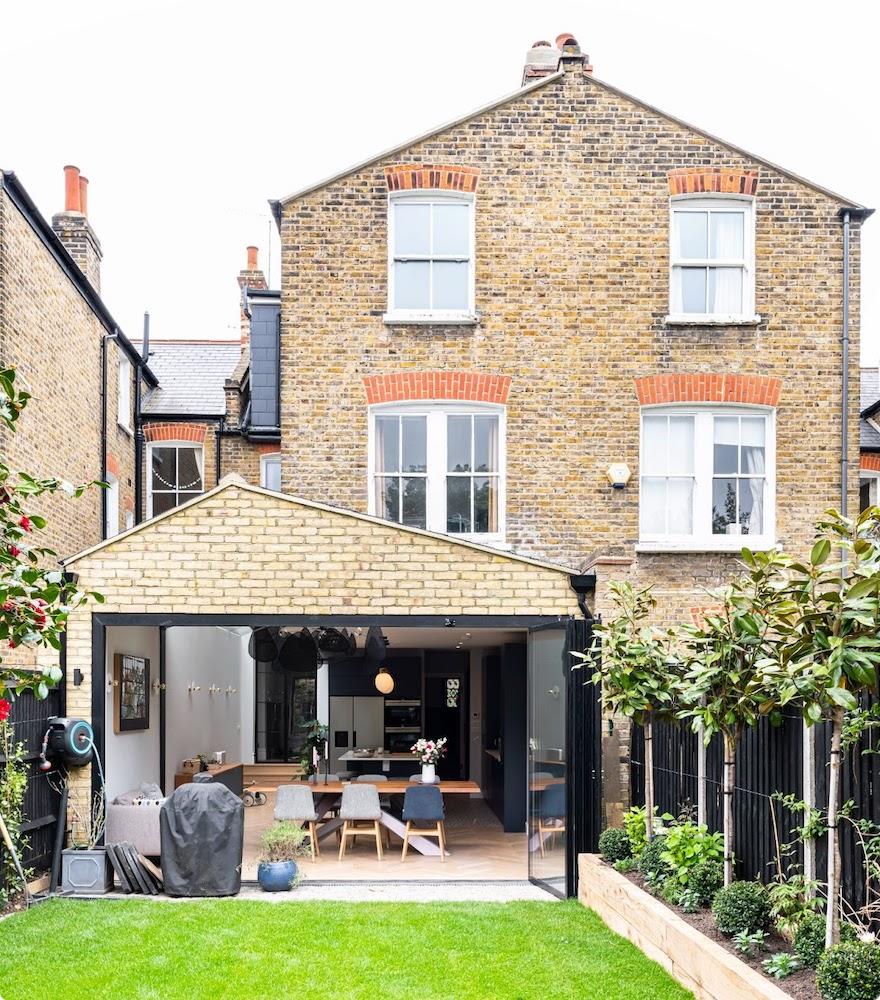What regulations do you need to be aware of?
Home extensions can be stressful for a number of reasons but the rules and regulations that come with getting your project plans approved are certainly up there. Here are just a few of the regulations you’ll need to be aware of:
Planning permission
Most wraparound extensions will require planning permissions because they’re a huge project that’s likely to cause a certain amount of disruption. Restrictions imposed by permitted development regulations mean that both the side part and the rear part of the wraparound extension plans will be considered individually.
However, there’s a chance your project may fall under permitted development rights.
Book a free advice call with one of our experts to learn more about these rules and regulations, and find out how we can support you through the planning permission process.
Party wall act
Party walls are a buffer between houses – these can be an actual wall, an outhouse or even an unseen boundary that you share with a neighbouring property.
If your proposed wraparound extension project impacts an existing party wall or you plan on excavating within 3 to 6 metres of your neighbour’s property, then you’ll need to get permission from those households at least 2 months before construction.
It pays to check in with your neighbours first and let them know what your plans are. Not doing so could be costly in more ways than one later on – you could be liable for any property damage or legal costs if they take you to court. To avoid this, source a surveyor to assess the property line and speak with them about how far they think you'll be able to extend before coming into contact with any neighbouring properties.
Find out what steps you might need to take with a free advice call with one of our consultants.

How long does it take to build a wraparound extension?
Every extension project is totally unique and, as such, will have a completely unique timeline. However, for this sort of large extension project, you can generally expect your wraparound extension to take between 3 and 4 months.
What are the advantages of a wraparound extension?
- Extra light in the home
- An additional room
- A room expansion/open-plan space
- Transforming the flow between your home and garden
How much value does an L-shaped extension add to your property?
There’s no precise way of measuring the specific added value an L-shaped extension will add to your property but, as a general rule of thumb, you can expect it to be between 10-15%. This will be hugely dependent on the size, quality and materials used in the work.
How can you add more light to your house with an L-shaped extension?
Wraparound extensions offer a great opportunity to increase the natural light in your home. Some brilliant ways to achieve this are:
Read our article on How to create more natural light in your home for more helpful tips.







